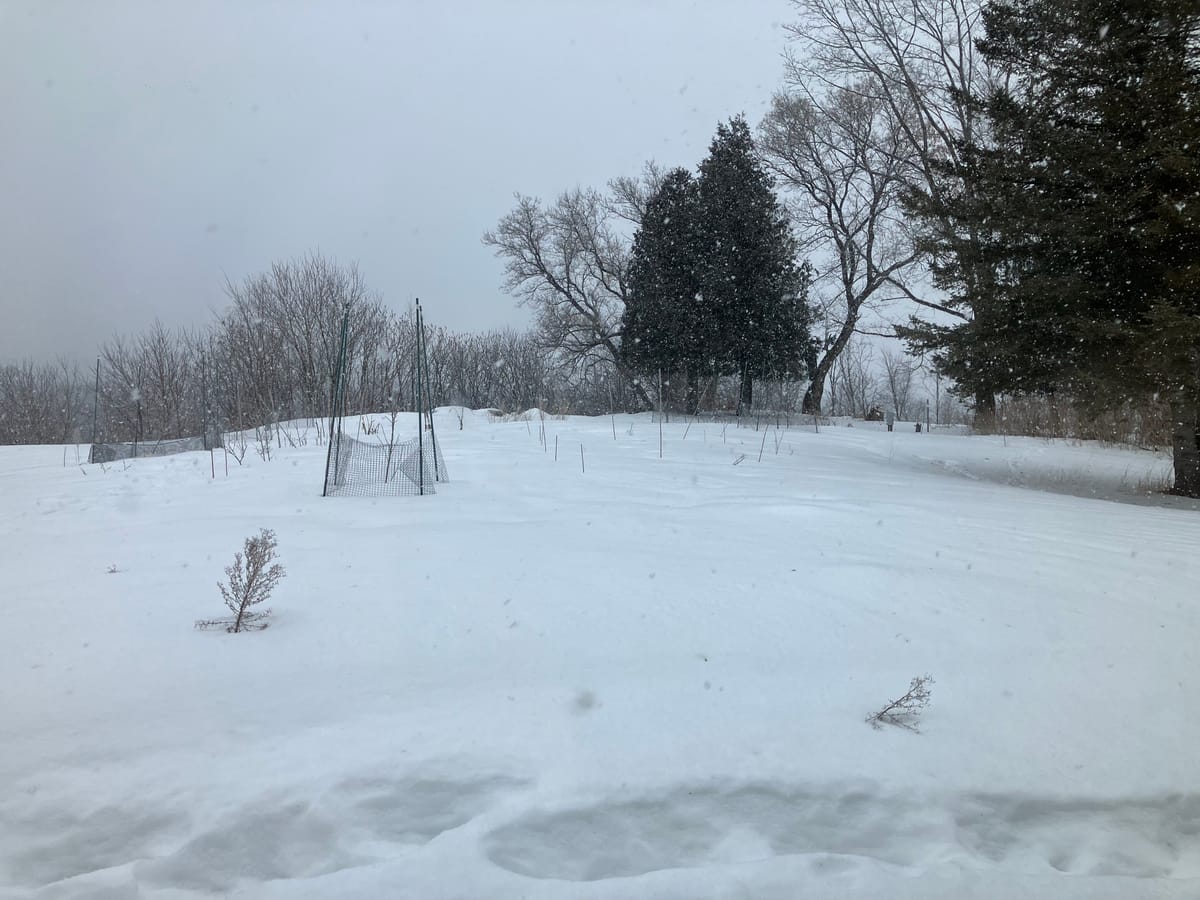Introducing Silver Maple Farmstead

The Project/Goal
If you haven’t viewed it yet, I provided a bit of my personal background in the previous post, so definitely start there. Long story short, I have a mortgage on a home in northern Vermont in a working class community. The closest grocery store with decent produce is a 20 minute drive away, but most people in the area have shoestring budgets. While I don’t make a ton of money has a high school teacher, I definitely exceed the mean and median incomes in town. I originally had aspirations to be a farmer, but the economic realities of a commodified food system quickly redirected me.
My new goal is to provide free, ecologically-grown vegetables (I can’t claim organic unless certified, but read more about my process below) and cheap sourdough breads for the community. I’m fortunate to have a nearby organic wheat grower from which I can source wheat berries at $1.49/lb, which I grind myself (topic of a future post). I believe everyone deserves to eat well and mutual aid is going to be essential as we move foward in this political climate. If you like what I’m attempting here, I will have a donation button below at some point in the future to help me sustain this project. First, I need to prove to you, the audience, that good things are actually happening here.
The House
I live in what my friend calls a “tiny house mansion,” which translates to a 725 square foot house with a loft. I also have an detached garage of about the same size on which there are 15 solar panels to meet the majority of my electrical needs for the year. I have so many because I use a single heat pump (Mitsubishi mini-split) to heat my house in the winter, with a small Rennai propane heater as back up, just in case. Setting the heat pump at its lowest setting, 61 degrees, it has kept up with temperatures as low as -16 degrees Fahrenheit, which I have been very impressed by. I do run short on solar credits during the months of February and March, especially in cold years with a deep snow pack, but that is because I have two baseboard heaters in a crawlspace under the house that keep my pipes from freezing. I did not design this house, so I probably would have built things differently, but oh well!
The “Farm”
Total, my deed says this house sits on 0.34 acres, which is why I call it a farm in quotation marks. In the backyard, I have about a quarter acre on which to grow food and manage habitat. In the front yard, I have a giant silver maple (this project’s namesake) and grass, which I mow high (setting 6) and bag to spread around trees for nitrogen, brown and use as a ground cover for my garden beds. or add to my composting system. The goal is to eliminate inputs, but I am only supplying about 50% of my current compost needs. I use a no-till/no-dig system for annual garden beds, so each year I have to amend them with additional compost. Each winter, I cut and drop old plants and mulch leaves and grass to cover them so that they can rot and provide habitat. These are surrounded by young fruit and nut trees and bushes. I also have strips that are left to their own whims to provided habitat for snakes, toads, insects, etc. to provide ecosystem services because I do not spray any pesticides or herbicides. It’s amazing to see the large numbers of dragonflies and wasps that have called the backyard home and help control catepillars and other insects that want to feast on crops, expecially annuals.
In addition to growing food, I also let many plants reach maturity so that they can provide seeds. For long-term viability, along with reducing input costs, seed selection is an essential process. It’s amazing how many seeds a single plant can produce. This also allows me to share seeds with others for free, thus, hopefully, strengthening the movement toward local food sovereignty in the long-run. This project, in its current form, is too young to claim any significant progress on this front.